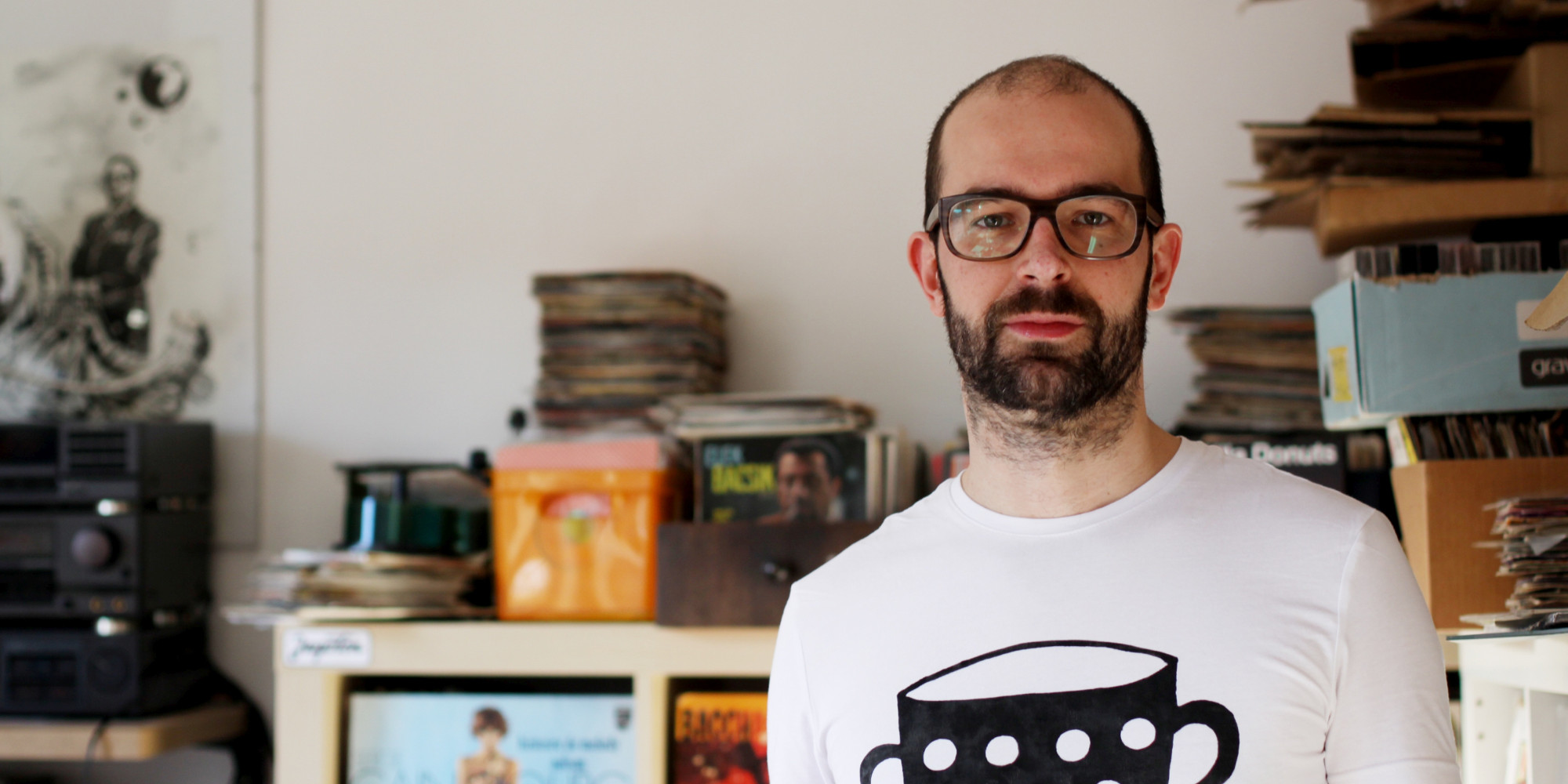
If you’re a real vinyl aficionado, you should look beyond record stores: DJ Suhaid, a veteran in the Hungarian crate-digging scene, tells us where to hunt treasures in Budapest.
Flea markets
Flea markets are prime destinations, but Hungarian ones are different from those in Western Europe, where most of the sellers know the value of vinyl and it’s hard to find real gems for cheap. In Hungary, it’s mostly members of the lower class who sell things at flea markets. They somehow got hold of crates of records and don’t know or care what’s in them; the same is true for the sellers who are a bit better off. All they care about is making money fast. Thus you can find a record for 100 HUF (0.3 EUR) that is sold for 50 or even 200 euros on Discogs. Some are now starting to sell for more (even ten times higher than one year ago, though 1000 HUF is still just 3.2 EUR), so Suhaid predicts that within a few years, the worlds of lower-class sellers and relatively well-off collectors will gradually draw closer.
You have to get to the flea markets at dawn, meaning 5 or 6 AM. To make it harder, the best ones are very far from the city centre (“on the dick of death”, as the Hungarian expression goes). Suhaid paints an apocalyptic scene: “The sun’s not up yet, someone throws out a crate in the fog, and five or six freaks with head lamps appear out of nowhere to shove each other to get … you don’t even see what.” Some of them are paid by rich and lazy record dealers, and “they have a list of the ten most sought-after records to buy, but fortunately don’t know or care about the rest”.
But that’s only a general rule of thumb, and Suhaid believes that there’s still something magical in the world of flea markets. “It’s not about what you want to get, it’s about what finds you,” he says. You can go anytime, say at noon, if you had a wild Friday night, and find wonderful records.
The best flea market nowadays is Bakancsos, and it’s better on Saturdays. The second best is Budaörsi Zsibvásár , where crate diggers go on Sundays – but if you go the other way around, you won’t have so much competition. The third best is Lőrinci Piac, housed in a faux-fortress, though this ranking may only be valid for a year, as things change fast.

Human to human
Another great way to find gems is to look for individual sellers on Jófogás.hu, a Hungarian version of eBay; try searching for “lemez”, “vinyl” or “bakelit”. Many of the advertisers on the site have just found records of unknown origin, some might even never have been played. Here, besides buying records, Suhaid has met people who offered him coffee, chatted about their lives, or invited him for garden parties. It’s a real human connection that offers the diligent digger some unbelievable finds, while for the seller, the hitherto meaningless records find some purpose.
Record shops, record fairs, charity shops
Of course there are record shops in Budapest, and most second-hand bookshops offer vinyl as well. There are six different record fairs per month, LemezPiac being the best. Beware: sellers here know about Discogs and eBay, so chances are you won’t find cheap treats. Antique shops are better in this respect; for Suhaid, Bazáruház works best. Charity shops (such as E-cherry and Cseriti) are also great.

What can be found
For political reasons, there are lots of Eastern European and Cuban pressings, and Indian pressings are also common. There’s a sought-after version of John Lennon’s Shaved Fish with track titles translated to Hungarian in India (!), so the LP’s title became Hámozott Sügér (“peeled perch”). Indian pressings have a bad reputation here, but are considered rarities in the international collectors’ community.
As most sellers don’t care about the records, it’s mostly impossible to learn their stories. But there are exceptions. Suhaid found a private press record sent from a Hungarian emigrant in Calgary to his Hungarian nephew in 1959, complete with a letter on the sleeve. There are also postcard flexidiscs manufactured by the Hungarian firm Colorvox, sometimes written as (real) postcards; Suhaid says their sound quality is surprisingly good, and some songs aren’t available in any other format. Even more personal are the handmade covers – Suhaid shows some of his best finds here.
There are some banned records, such as the famous LP Utazás (“journey”) by Levene Szörényi (member of the legendary Illés). The original cover referenced drug use and was therefore recalled, but you can still come across a copy at a flea market. Or perhaps a commercially unavailable cassette, educating party members how to persuade people to enter into the farmer’s co-op, or how to talk about the counter-revolution of 1956.
On the international market, the most sought-after Hungarian records are those that are sampled by Western artists or played by well-known DJs. Some of them are Zalatnay Sarolta’ Ne hidd el LP (sampled by DJ Vadim), Omega’s 10000 lépés LP or Gyöngyajú lány single (sampled by Kanye West), Kovács Kati’s Add már uram az esőt! single (sampled by Christina Aguilera) and Toldi Mária’s Viaszbaba EP (‘Fázom’ was played by Gilles Peterson).
Find DJ Suhaid on Facebook, Mixcloud and Soundcloud.
All picture by Gergely Csatári.
